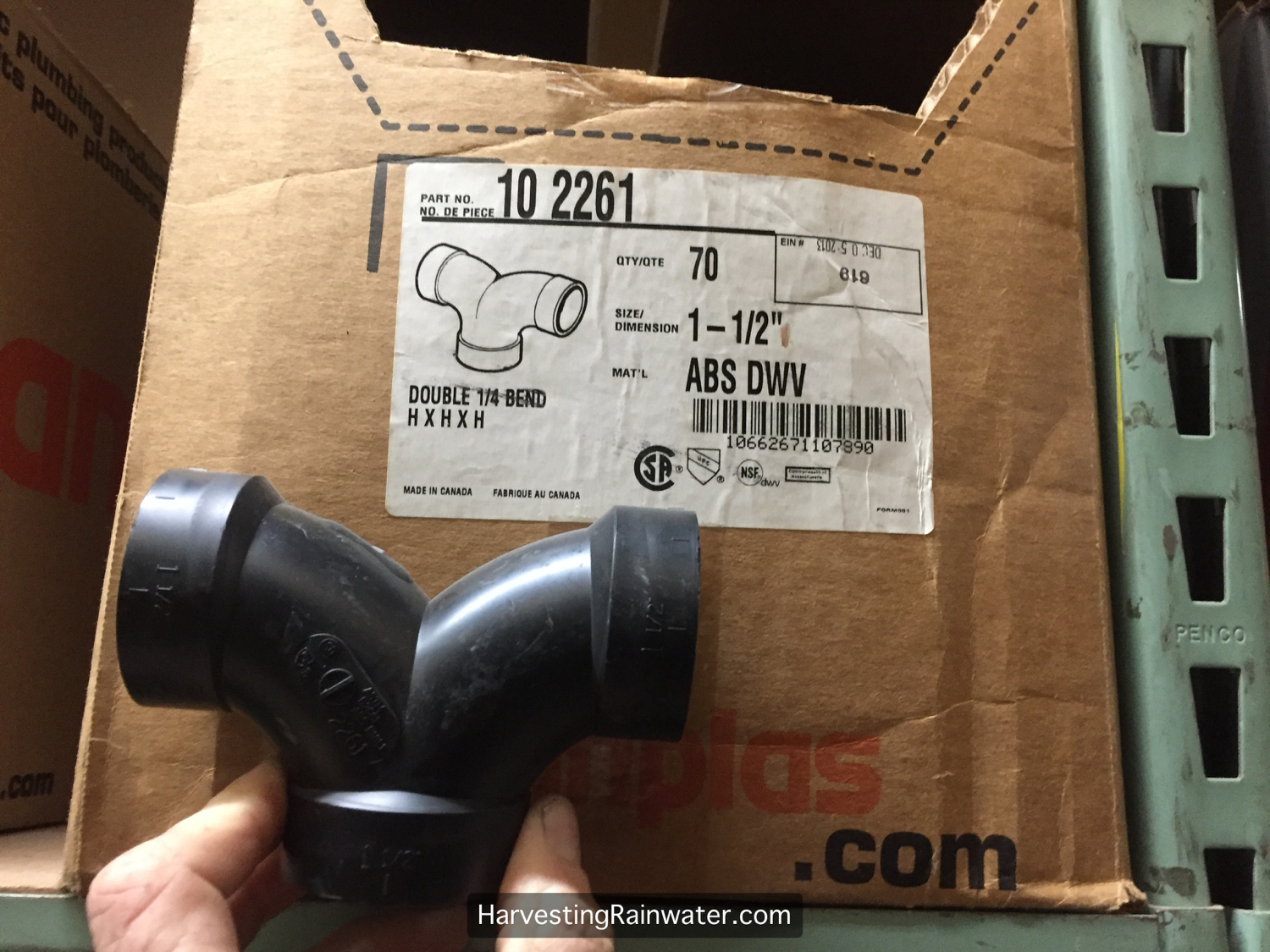How to Make a Flow Splitter with Inspection Hole and Natural Cork Plug
Minimize consumption and use of plastic with a natural cork plug…
This also makes it easier to make the hole in the flow splitter (less steps and fewer tools needed) and access it (just pull out the plug rather than having to twist it out) when compared to a flow splitter with a threaded hole and PVC plug.
I like inspection holes on the flow splitters in branched drain greywater systems, that way I can easily inspect them if they are not splitting the flow evenly, and easily clean out a clog should it occur. The following slides show you how to make and cap the hole. Capping the hole will prevent soil or other debris from falling in, and clogging the pipe.
The following is adapted from, and meant as a supplement to, chapter 12 of Rainwater Harvesting for Drylands and Beyond, Volume 2, 2nd Edition…
What’s needed:
- flow splitter,
- 1 ¼-inch top diameter tapered natural cork (#14), available at most hardware stores (or make your own from a wine bottle cork)
- wax pencil
- uni-bit drill bit (this way you can make the hole to fit your cork). I like one with a ¾-inch to 1 3/8-inch range.
- drill


Note that plumbing suppliers don’t call these “flow splitters.” That’s only a term used by greywater installers. “Double ell” or “double ¼ bend” are more common terms used by plumbing suppliers.

Do not infringe on the flange into which the incoming pipe will be inserted; and do not go too far down the part’s split or crotch, otherwise water will flow out the hole.
Mark center where you want to drill the hole.







For more

Volume 2
See chapter 12 of Rainwater Harvesting for Drylands and Beyond, Volume 2, 2nd Edition available at deep discount direct from the author
